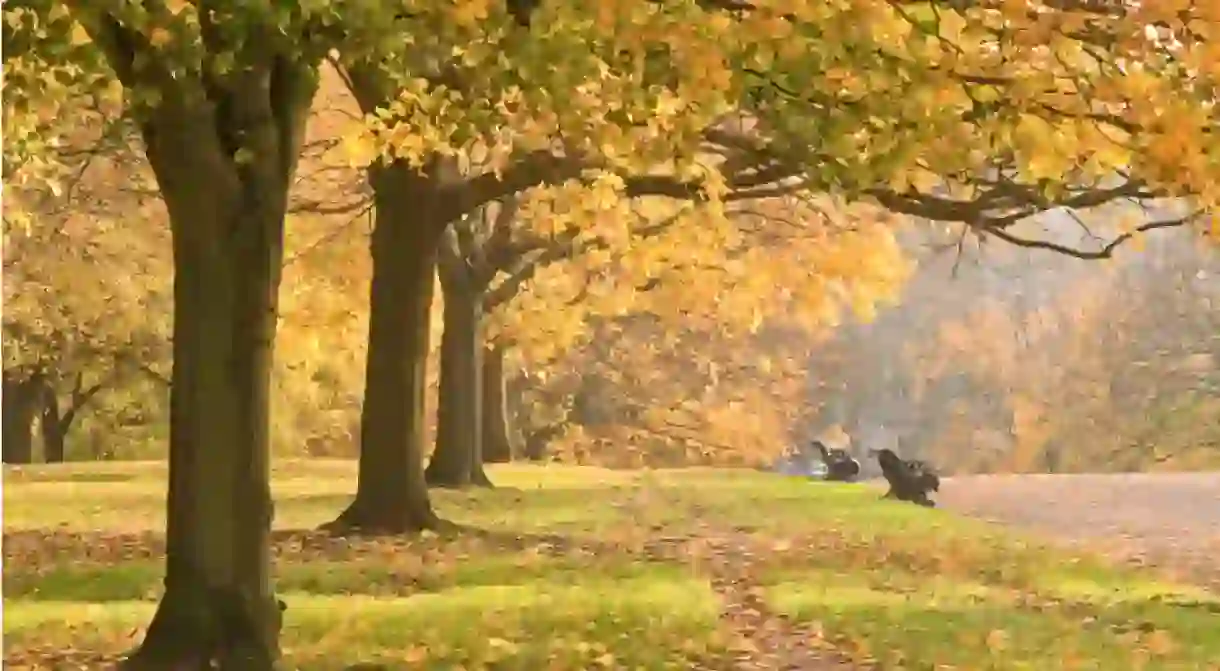The History Of Kensington Gardens In 1 Minute

Once part of Hyde Park, Kensington Gardens borrowed the land bit by bit until it transformed into the separate grounds we explore today. As it was, back in 1536 the two parks together originally formed an expanse of land on which a young and athletic Henry VIII would hunt. However, it was not until 1689 that King William and Queen Mary moved their royal home to Kensington Palace and separated off a portion of land to be their garden.
The garden was at first modest and reflected the Dutch style of flowerbed design to remind the native William of his home country. In 1702, when Queen Anne inherited the land, 30 more acres were added onto it, and instead of a Dutch influence the Kensington grounds were reimagined to reflect an English country garden. An orangery was also built next to the palace at this time.

It was not long after this in 1728 that the gardens truly took on the shape we see today. Queen Caroline, the wife of George II, employed Charles Bridgman, the famous landscape designer, to create a new idea for the garden while also adding another 300 acres from Hyde Park. These plans changed the focus of the garden to the palace itself, with a round pond facing the house and avenues coming off it that led the wanderer down different pathways. Each of these paths allowed the building to be appreciated from different angles. It was also during this time that the ha-ha was invented as an alternative to fencing. Instead, a ditch was used to give the garden an elongated look as if the garden was as endless as the viewer’s gaze, which would continue on into Hyde Park. The gardens were opened on Saturdays to those dressed respectably, and Kensington became a fashionable place to gather and wander.
Nowadays, the gardens are open to all during daylight hours and lovingly honour important British figures with memorials around its grounds. Both Queen Victoria, who grew up in the palace, and her husband Albert are remembered here, along with Princess Diana, Henry Moore, and many more. There is even a famous statue of Peter Pan near the Long Water, in the exact place he flies to in J.M Barrie’s story.
📅 Open various times













